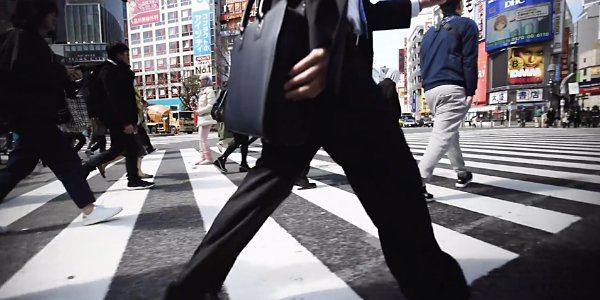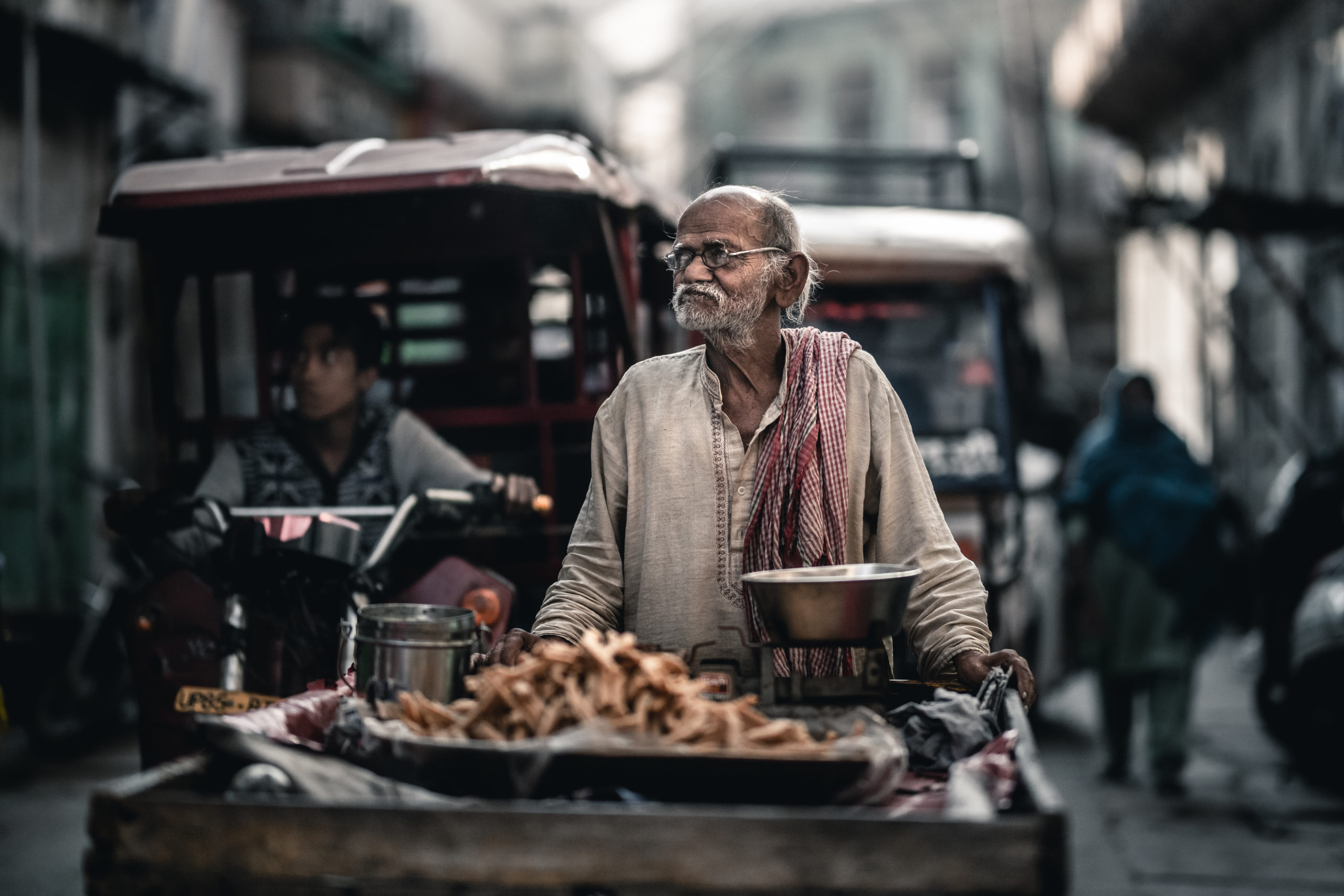The Ultimate Guide To Street Photographers
The Ultimate Guide To Street Photographers
Blog Article
Some Ideas on Street Photographers You Need To Know
Table of Contents8 Easy Facts About Street Photographers Explained6 Easy Facts About Street Photographers ShownThe Greatest Guide To Street PhotographersThe Facts About Street Photographers UncoveredThe Definitive Guide for Street Photographers
A category of photography that documents daily life in a public location. The very publicness of the setup allows the digital photographer to take candid photos of strangers, usually without their understanding. Road professional photographers do not always have a social purpose in mind, yet they like to separate and catch minutes which might otherwise go unnoticed (Street Photographers).Though he was influenced by a lot of those who affected the road digital photographers of the 1950s and '60s, he was not mainly thinking about recording the spirit of the street. The impulse to aesthetically record individuals in public began with 19th-century painters such as Edgar Degas, douard Manet, and Henri de Toulouse-Lautrec, that functioned side by side with photographers attempting to capture the essence of city life.
As a result of the fairly primitive innovation offered to him and the long direct exposure time required, he battled to record the pressure of the Paris roads. He tried out with a collection of photo techniques, trying to locate one that would certainly permit him to record movement without a blur, and he discovered some success with the calotype, patented in 1841 by William Henry Fox Talbot. Unlike Atget, professional photographer Charles Marville was worked with by the city of Paris to produce an encyclopaedic record of Haussmann's urban preparation job as it unravelled, thus old and brand-new Paris. While the digital photographers' topic was essentially the very same, the results were noticeably various, showing the effect of the photographer's intent on the character of the images he created.
Offered the great high quality of his photos and the breadth of material, designers and musicians frequently got Atget's prints to use as referral for their own job, though business rate of interests were rarely his major inspiration. Rather, he was driven to photograph every last residue of the Paris he loved. The mingled enthusiasm and seriousness of his objective luster through, leading to photos that tell his own experience of the city, qualities that expected road photography of the 20th century.
The Of Street Photographers
They reveal the city with his eyes. His job and essential understanding of digital photography as an art form acted as inspiration to generations of professional photographers that complied with. The next generation of road photographers, though they likely did not describe themselves therefore, was introduced by the photojournalism of Hungarian-born digital photographer Andr Kertsz.
Unlike his peers, Brassa utilized a larger-format Voigtlnder camera with a longer exposure time, requiring him to be much more computed and thoughtful in his technique than he might have been if making use of a Leica. (It is thought that he might not have actually had the ability to afford a Leica during that time, yet he did, however, use one in the late 1950s to take colour photographs.) Brassa's pictures of the Paris abyss brightened by fabricated light were a revelation, and the compilation of the collection that he published, (1933 ), was a major success.
Cartier-Bresson was a champion of the Leica video camera and among the initial digital photographers to optimize its capabilities. The Leica enabled the professional photographer to interact with the surroundings and to catch moments as they happened. Its reasonably tiny size likewise assisted the professional photographer discolor into the background, which was Cartier-Bresson's favored approach.
The Facts About Street Photographers Revealed
It is as a result of this basic understanding of the art of picture taking that he is usually credited with uncovering the tool around once more about a century since its development. He took pictures for greater than a half century and affected generations of digital photographers to trust their eye my link and intuition in the minute.
These are the questions I shall attempt to respond to: And after that I'll leave you this post with my own meaning of street photography. Yes, we do. Allow's begin with defining what a definition is: According to (Street Photographers) it is: "The act of defining, or of making something definite, distinctive, or clear"
No, certainly not. The term is both limiting and misinforming. Seems like a street digital photography should be pictures of a streets right?! And all road professional photographers, with the exception of a handful of absolute novices, will fully value that a road is not the crucial element to road digital photography, and actually if it's a photo of a road with possibly a couple of monotonous people doing nothing of passion, that's not street digital photography that's a snapshot of a street.
The Only Guide for Street Photographers
He makes a legitimate factor don't you believe? While I concur with him I'm not sure "candid public digital photography" will certainly capture on (although I do kind of like the term "honest photography") because "road digital photography" has actually been around for a lengthy time, with several masters' names attached to it, so I believe the term is below to remain (Street Photographers).
Inside?! I hear you scream as you shake your fist to the sky. Why not? You can contend the coastline, at an event, in an alley, in a park, in a piazza, in a coffee shop, at a museum or art gallery, in a metro terminal, at an event, on a bridge, under a bridge ...

All About Street Photographers

Report this page